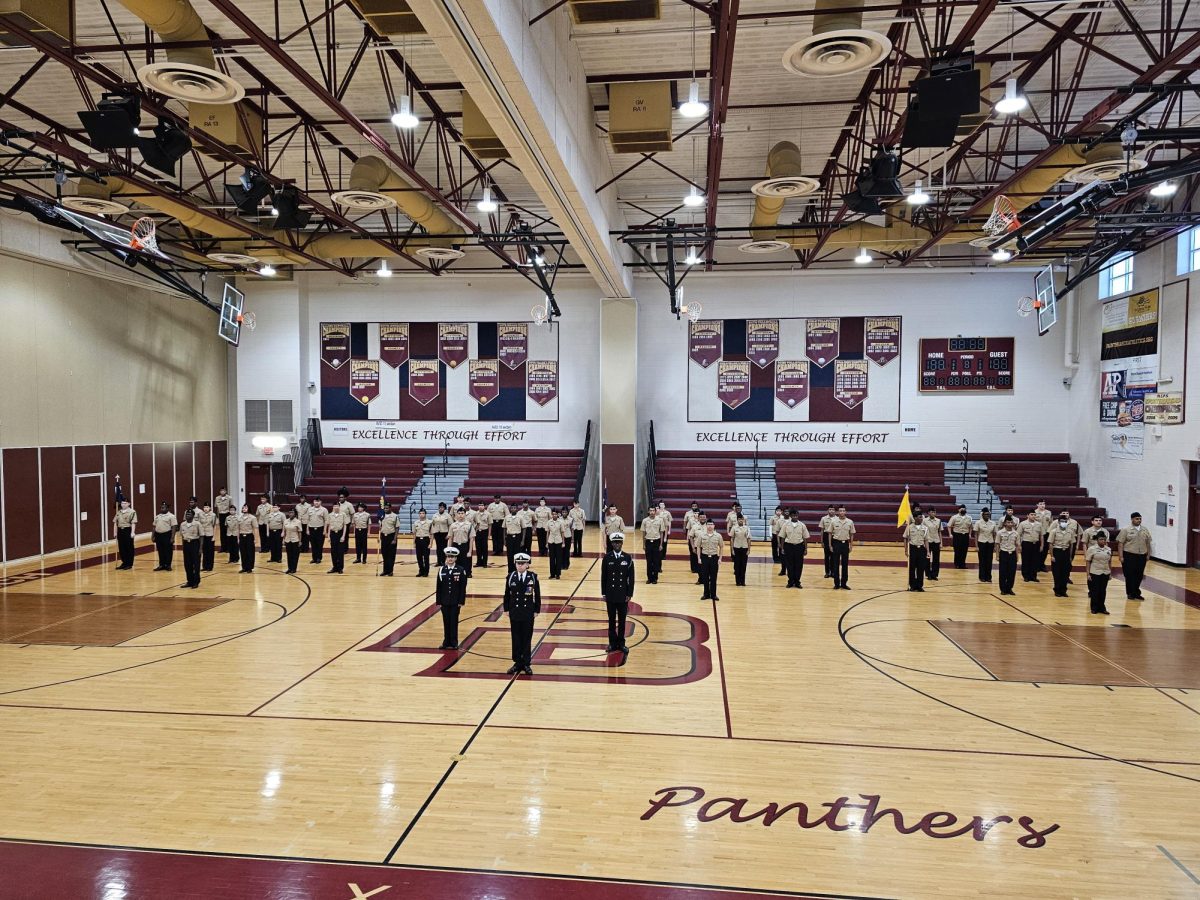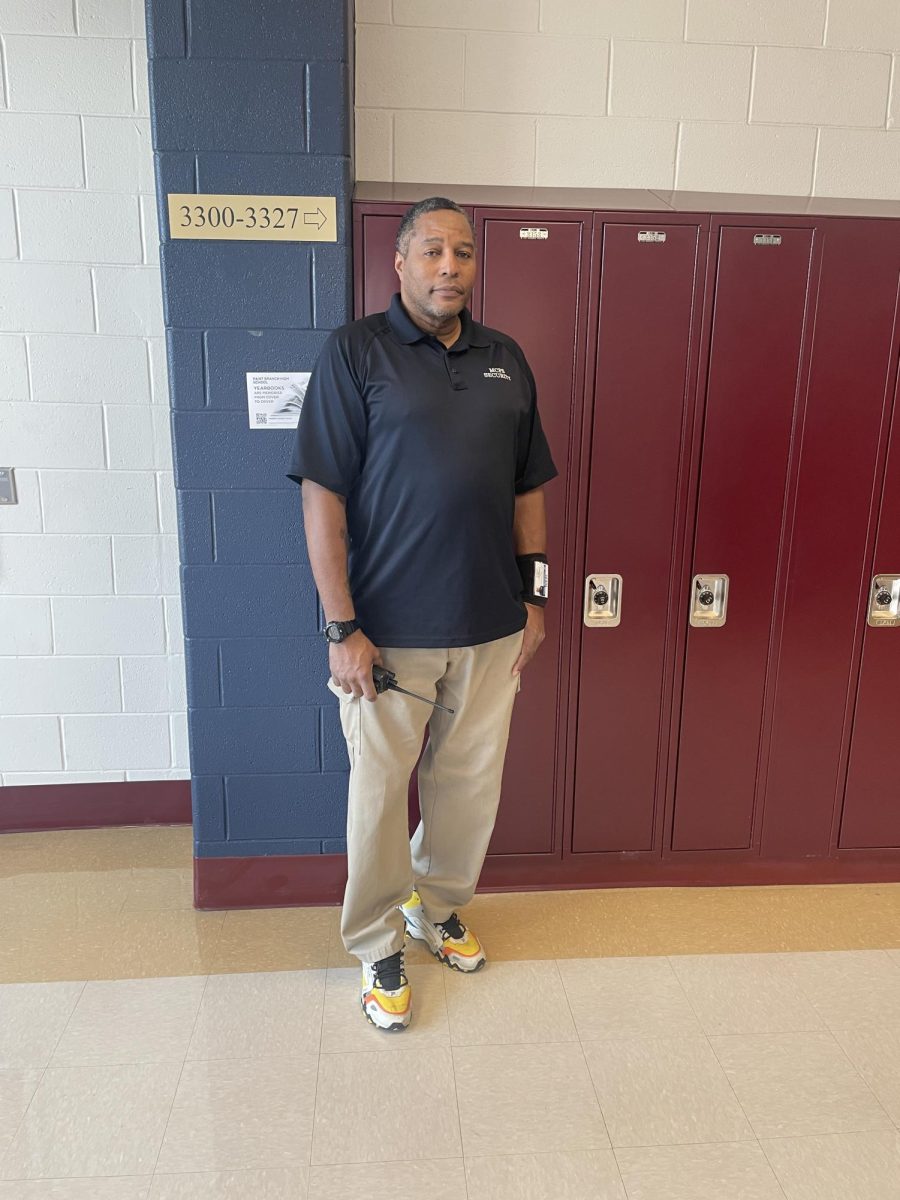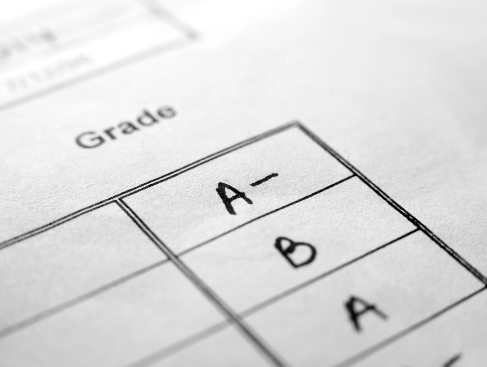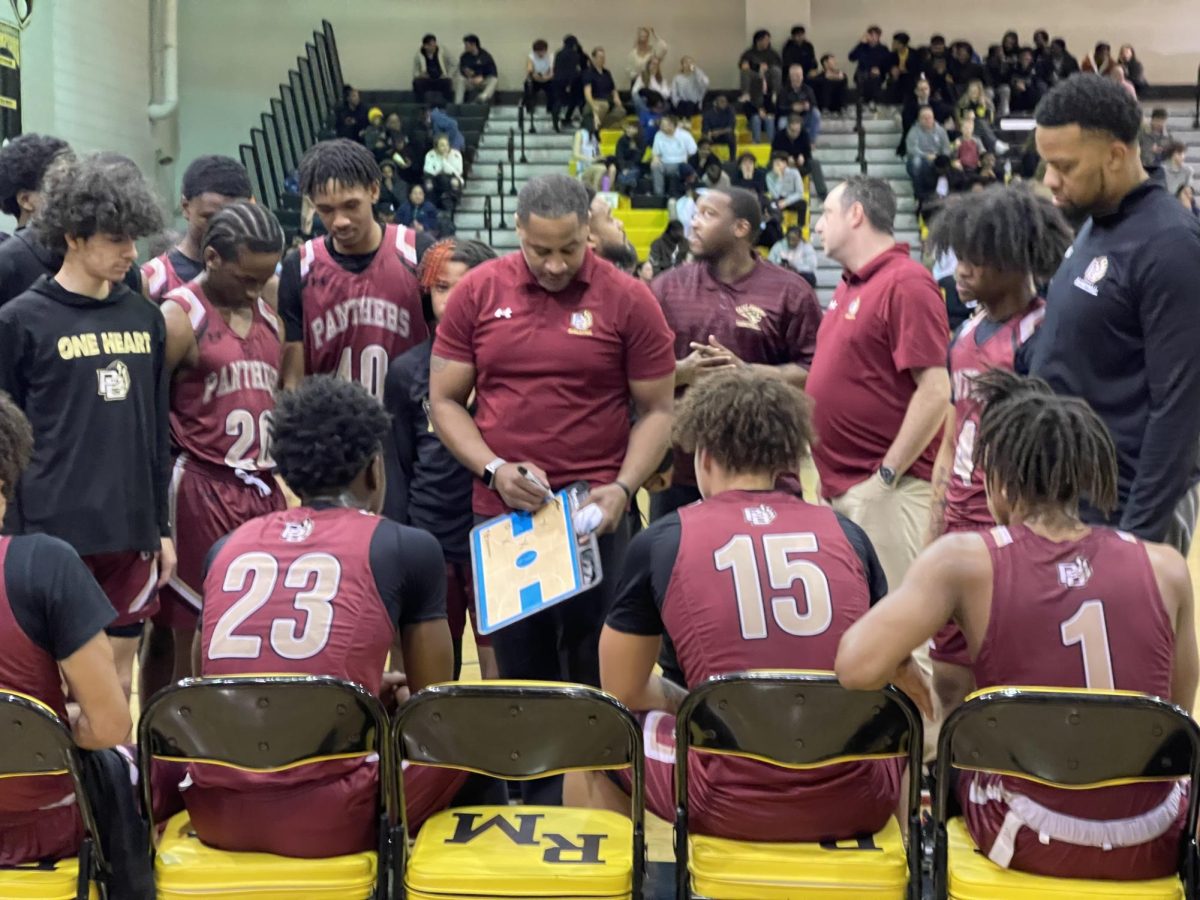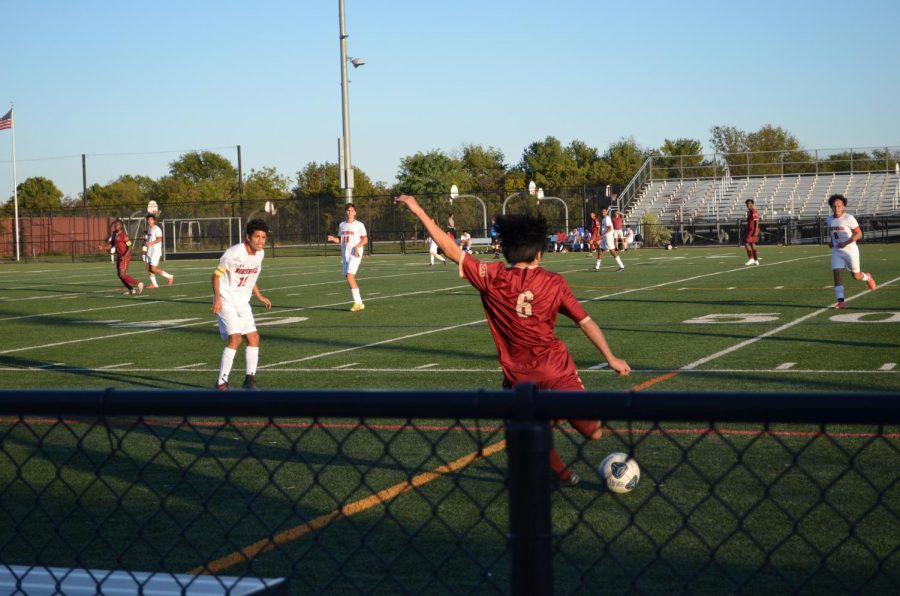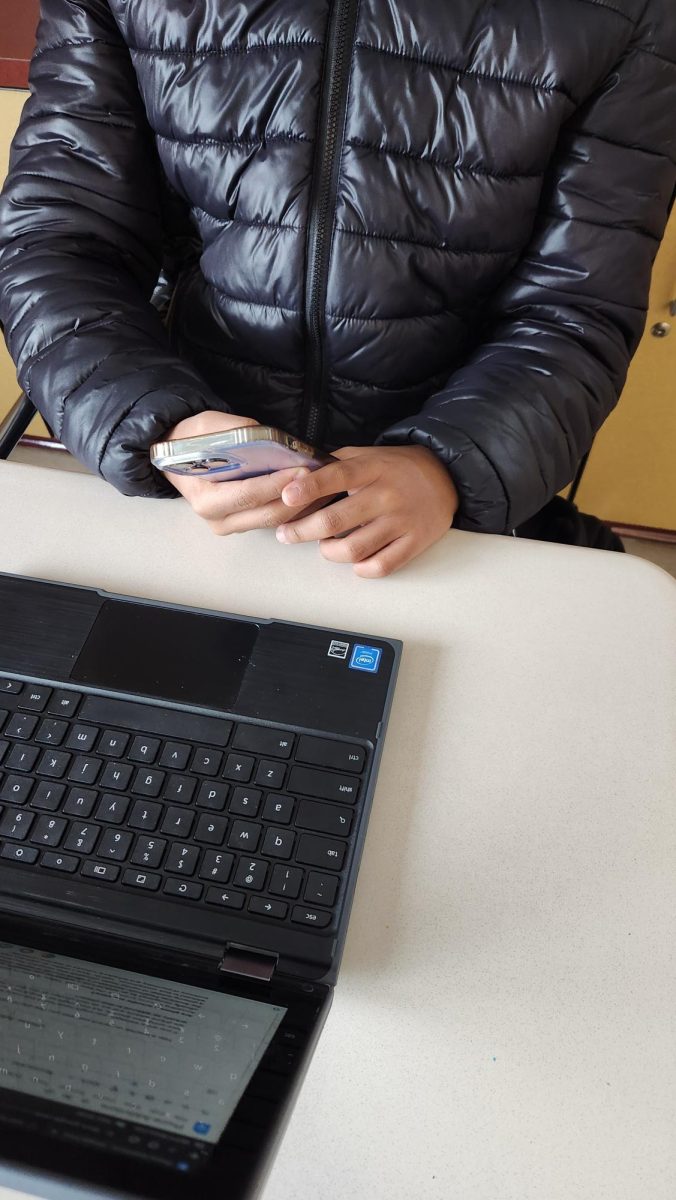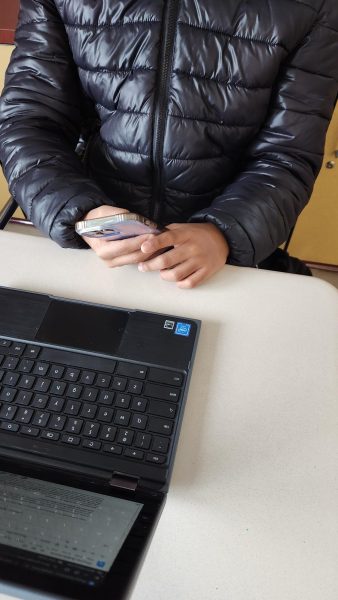High School Schedules: Time to Think Inside the Block
November 10, 2018
If you are a high school student then you know how hard it is to handle having seven different classes a day. The challenges of having so many classes in one day vary, but it is time we address this and make a change.
At Paint Branch the current schedule is the students take 7 classes, 5 minute transition, 45 minute lunch break. Each day the schedule is the same, every day and every night students prepare for seven different subjects.
For students this is very difficult because they have to prepare for every class every day. It takes away time from their sleep doing after-school activities and homework for their classes. According to Teen Ink writer Rachel D. “The school day is primarily seven hours long. Most of us have a wide range of after-school activities. Some participate in clubs while other have jobs or are on sports teams. Some participate in more than one after-school activity. By the time we are finished with the school day and their activities, there isn’t much time for them to complete homework assignments and study for exams. Instead, we result to quickly completing our homework and we do not receive any educational value from it. Also, we may not have time to study at all, which would result in failing grades.” Her point here is important in that it as a high school student she understands that such a long schedule is difficult for students and does not give them enough time to do all of the things they need to do.
According to Meg Benner and Lisette Partelow in their article “Reimagining the School Day,” not only students are affected by the school day schedule as teachers also suffer from it. They write that most teachers only get one planning period a day that lasts roughly 45 minutes. They surmise that ”I In this short time, teachers must grade student work, plan for future lessons, engage with families, and complete necessary paperwork. As a result, teachers have little time to plan or collaborate with peers.” This lack of planning time means that teachers are not getting feedback from their colleagues about a lesson or a test that should be re-taught. It means they don’t have time to closely go over work done by a class and students will not be able to get the help they need.
An alternative that can help to resolve all of these problems is to change the traditional school schedule to a block schedule. A block schedule means that student only have 3 or 4 classes a day. In a six period schedule it works on an odd/even plan, and in a seven period schedule it uses odd/even with fifth period meeting everyday.
This type of schedule will make classes roughly 90 minutes rather than about 45, which gives students more time to complete their classwork and ask questions to help their understanding of the lesson. Also, it provides teachers time for re-teaching, if necessary, and working one on one with students.
I went to middle school in Washington, DC and had a block schedule – A-days and B-days – which met for 1 hour and 45 minutes per class. I found this schedule better because teachers were able to go over material more slowly and could spend more time working with kids in class and I had more time to sit down and focus on three classes of homework on a given night rather than all of my classes.
Students need time to be able to stay active in life and have a break from some classes, which is what a block schedule provides. A block schedule allows them to stay on top of their work and gives them a great schedule that shows them that their school cares about them. This schedule is an excellent idea for the students because they don’t spend so much time rushing to get assignments in the next day or staying up all night stressing over all their classes. Teachers also benefit as they are able to spend larger blocks of time planning and grading and don’t have to meet with over 120 students a day.


